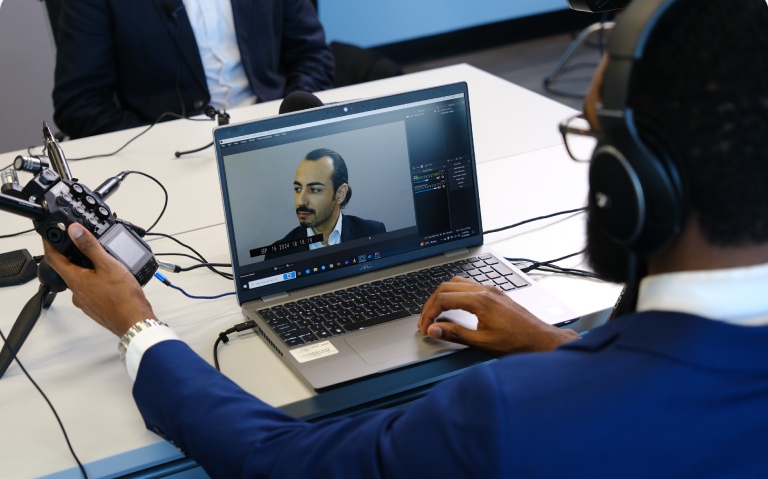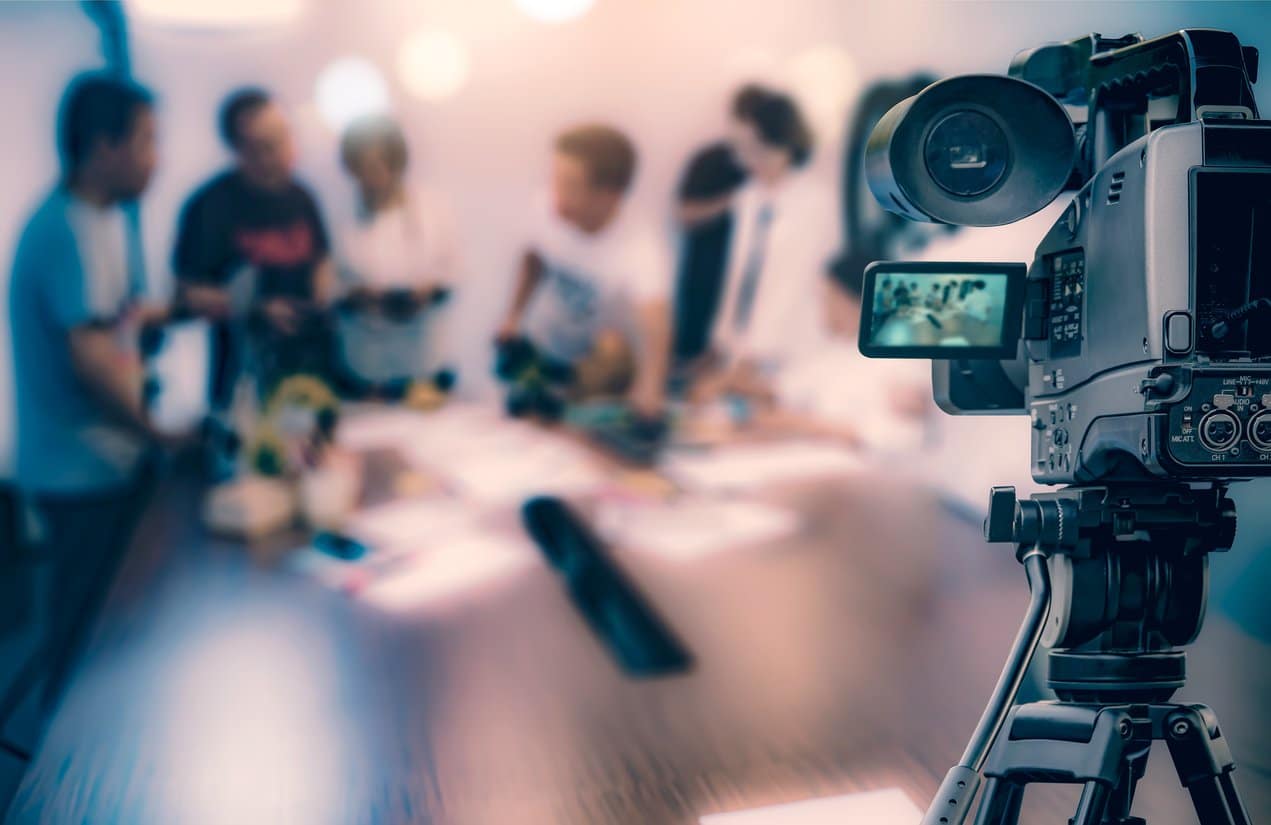Why Lawful Videography Is Vital for Accurate Court Recordings
The duty of lawful videography in court setups can not be overstated, as it offers as an important device for preserving the stability of court documents. The implications of incorporating lawful videography into common courtroom methods elevate essential inquiries about its broader effect on the lawful system.
Importance of Visual Evidence
In the world of lawful process, the importance of aesthetic proof can not be overstated. Visual evidence acts as an effective device in establishing facts, supporting testimonies, and boosting the total clarity of a case. This kind of evidence, that includes pictures, video clips, and diagrams, can supply a substantial context that spoken summaries frequently lack, thus using courts and courts a more clear understanding of the scenarios surrounding a situation.
Additionally, visual evidence aids in the retention of info. Human cognition is inherently visual, and people are most likely to bear in mind and understand info provided in a visual style. In the courtroom, this can be essential, as compelling visual proof can guide point of views and enhance the story provided by legal representatives.
Additionally, using visual evidence can decrease misconceptions and obscurities that usually emerge from spoken exchanges. By offering a direct representation of occasions, aesthetic evidence helps to eliminate subjective analyses and promotes a much more objective evaluation of the realities. As a result, the integration of aesthetic proof into lawful process not only strengthens the honesty of the judicial process but additionally improves the possibility of accomplishing a just end result.
Catching Non-Verbal Cues
Making use of sophisticated videography techniques can significantly boost the capture of non-verbal cues throughout legal procedures. Non-verbal interaction, including faces, body language, and eye call, plays a critical role in sharing emotions and intents that may not be explicitly mentioned in verbal testament. legal videography. Legal videography uses high-definition cams and strategic angles to guarantee that these refined cues are taped with quality and precision
The capability to analyze non-verbal habits can give important context to declarations made throughout court sessions. For example, a witness's unwillingness or self-confidence can be interpreted through their pose or motions, potentially influencing the jury's assumption of integrity. Furthermore, making use of close-up shots can aid concentrate on an audio speaker's expressions, allowing for a more nuanced understanding of the testament.
In addition, incorporating numerous camera angles can produce a thorough sight of communications, highlighting characteristics in between events entailed. This complex approach not just improves the accuracy of the court record but also aids in preserving the integrity of the judicial process - legal videography. Ultimately, capturing non-verbal signs with lawful videography promotes a richer, much more complete depiction of court process

Enhancing Statement Reliability
The integrity of statement can be substantially bolstered with using premium lawful videography. Video clip recordings work as an objective tool that records not just the talked words of witnesses however also the subtleties of their distribution, including tone, pacing, and emotional expressiveness. This complex documentation supplies a clearer understanding of the witness's credibility and intents, which can be pivotal in legal proceedings.
Moreover, lawful videography minimizes the capacity for false impressions that may develop from written transcripts alone. When jurors can observe a witness's attitude and body language in combination with their statement, they are much better equipped to examine the credibility and reliability of the evidence provided. This aesthetic context can reinforce the testimonial narrative, making it extra compelling and legitimate.
In addition, the presence of a video recording can prevent possible inconsistencies in testimony. Witnesses may be a lot more careful in their declarations when they know they are being tape-recorded, causing even more exact and genuine accounts. Overall, top quality legal videography improves the stability of statement, making Get the facts sure that the court has accessibility to a full and genuine depiction of the realities as shared by the witnesses.
Sustaining Appeals and Reviews
Lawful videography plays an essential function in sustaining allures and testimonials by giving a comprehensive visual document of court room process. This aesthetic paperwork catches not only the talked words of witnesses and attorneys but visit homepage additionally the subtleties of body movement, intonation, and court dynamics. Such elements can be pivotal in understanding the context of testimonies and disagreements provided.
In the appellate procedure, where the emphasis is on errors of regulation and step-by-step justness, a video document can function as an essential device for appellate courts. It makes it possible for courts to examine the original trial context, making certain that choices are based on a complete understanding of the process. The capacity to visually analyze the behavior of witnesses or the interactions in between celebrations can reveal understandings that composed transcripts might neglect.

In addition, lawful videography can help in clarifying obscurities in statements or step-by-step judgments, thereby enhancing the basis for an appeal. By using a trustworthy, objective account of what taken place in court, lawful videography not only sustains site the integrity of the legal procedure but additionally empowers all celebrations involved to make educated choices concerning their situations.
Improving Court Room Procedures
Enhancing courtroom efficiency, legal videography simplifies procedures by providing instant access to aesthetic documents of process. This technology enables judges, lawyers, and courts to take another look at critical testimony and evidence, ensuring that all celebrations have a clear understanding of the situation. By catching the subtleties of spoken and non-verbal interaction, videography improves the document, making it easier to understand the context and weight of testimonies.

Additionally, video recordings can facilitate remote engagement in hearings, permitting greater adaptability in scheduling and engagement, which is especially valuable in intricate situations entailing several stakeholders.
Verdict
Finally, lawful videography plays a crucial role in making certain accurate court recordings by giving vital aesthetic evidence that records both verbal and non-verbal interaction. This practice enhances the integrity of testimonies, sustains appellate testimonials, and improves court room processes. By promoting a comprehensive understanding of court characteristics, legal videography eventually adds to much more fair judicial end results, reinforcing the stability of the lawful system and helping with educated decision-making.